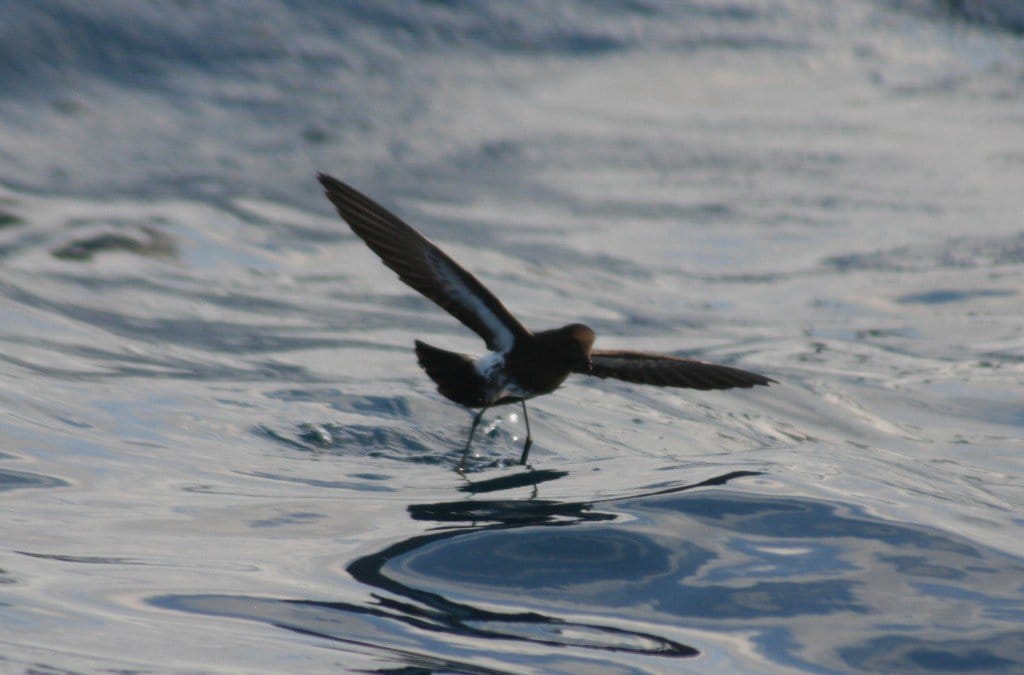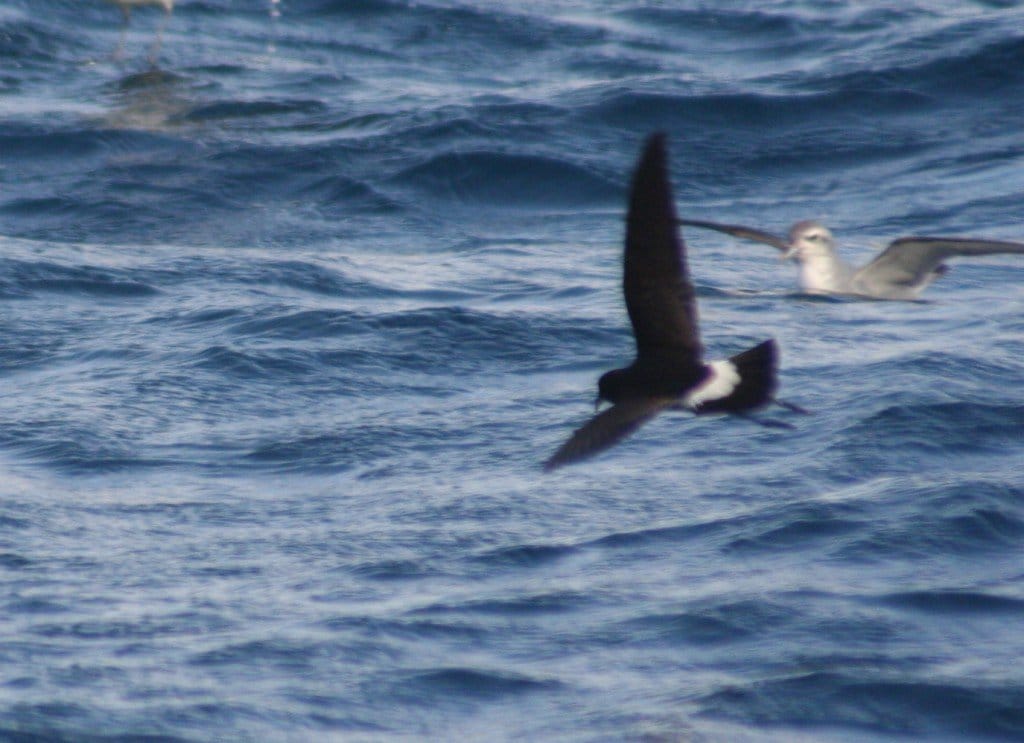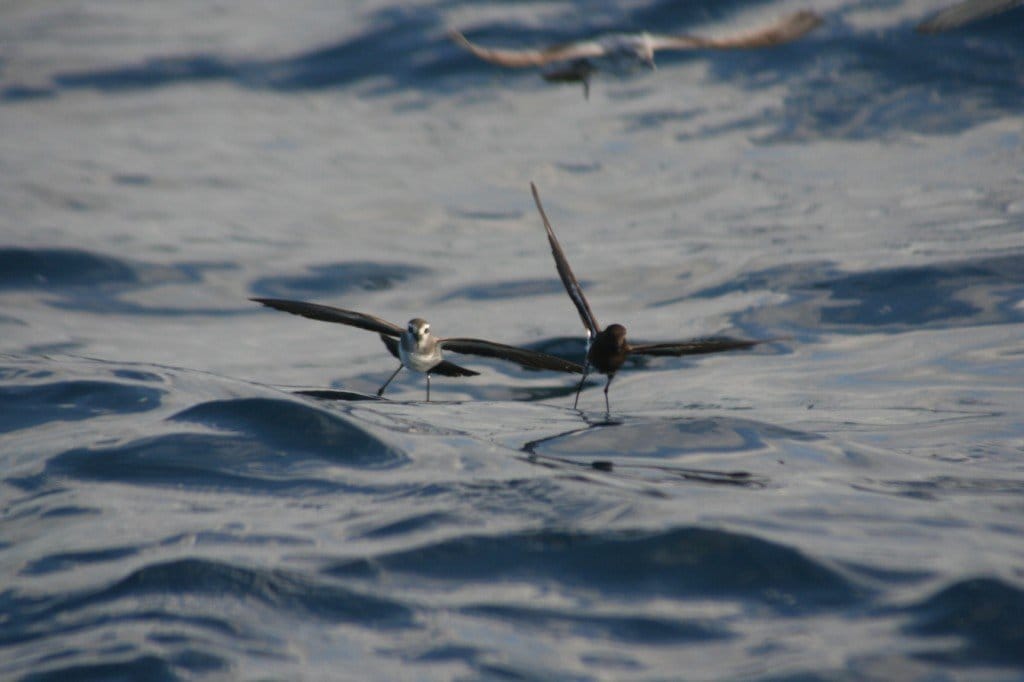There are few stories in ornithology I enjoy more than those of a Lazarus taxon, a species thought to be extinct being found alive and well in some hidden part of the world. There is a depressing finality about extinction, but knowing when for certain something is extinct is an imprecise science and on occasion we’ve gotten it spectacularly wrong. Jerdon’s Courser, a small nocturnal wader from India, wasn’t seen between 1900 and 1986. Another Indian species, the Forest Owlet, was missing for longer, although in part due to some very unscientific shenanigans perpetrated by its describer, Richard Meinertzhagen, which left searchers hunting in entirely the wrong part of India for it! It would be hard, however, to beat the record of the Bermuda Petrel, which prior to its rediscovery in 1951 had been thought extinct for 330 years!
New Zealand has had its share of rediscovered birds too. The Takahe was considered to be extinct for half a century until a small population was found clinging to the high mountains of the Southern Alps, and the Campbell Teal’s situation was almost more precarious; after going extinct on its small subAntarctic island it hung on for almost a century on a sixty acre rock stack just offshore. The most recent rediscovery represents one of the longer absences from our attention, however, that of the New Zealand Storm-petrel.
A blurry photo of the New Zealand Storm-petrel (Oceanites maorianus, or is it?), with either a prion or bigfoot behind.
The New Zealand Storm-petrel is about as mysterious a bird as can be found in New Zealand, even by the standards of barely known mysterious birds you find here. For most of its history it has been known from only three specimens collected off the coast of New Zealand in the early 19th century. No fossils of this species have ever been found of it, contrasting against the generally good fossil record of birds here. Although the thee known specimens were collected between 1827 and 1850, it wasn’t actually described until 1932 (when it was placed in its own genus!), and for most of the time since it has simply been thought to represent a pale-bellied morph of the extremely common Wilson’s Storm-petrel.
So when some birders were out checking out the birdlife on the Hauraki Gulf in January of 2003 (a trip that as I have noted before is very worthwhile) the sighting by birder Ian Saville of an enigmatic black and white storm-petrel amongst all the White-faced Storm-petrels was something of a mystery. His warning let Brent Stephenson get five photographs before it flew off. They consulted a number of experts, showing off their one good photograph, but no one knew what it was. Alan Tennyson of Te Papa Museum jokingly suggested it may be the New Zealand Storm-petrel, but no one really believed them until November of that year when another birder filmed up to twenty of the birds.

New Zealand Storm-petrels vary from Wilson’s Storm-petrels by their white undersides and lack of yellow webbing in their feet.
Rediscovered the species might have been, or was it? Having been missing so long, and so poorly known in the first place, all the questions about the validity of the species remained. Was it distinct from the extremely common Wilson’s Storm-petrel? Where does it breed? How rare is it actually? Recently, anyway, one of those questions has been answered. A handful of these tiny seabirds have been caught and the feathers tajen from them used to compare their DNA to both the three known specimens attributed to the New Zealand Storm-petrel, as well as some of the closely related species of southern storm-petrel. In a paper recently written by Bruce Robertson of the University of Otago it was confirmed that the rediscovered birds are indeed New Zealand Storm-petrels and the species is distinct from the Wilson’s Storm-petrel. In fact, it seems likely that the species shouldn’t even be placed in the genus Oceanites, but instead be placed in Fregatta, a genus currently occupied only by the Black-bellied Storm-petrel and the White-bellied Storm-petrel.
Efforts are underway to try and find where they breed. It is suspected to be one of the islands in the gulf, perhaps the Poor Knights, or Little Barrier Island. It may have survived on just a single rock stack. Perhaps they shifted to a bigger island recently with more and more islands being cleared of predators. It simply isn’t known yet. But the species has managed to survive, in the face of massive changes to much of New Zealand and massive indifference, for a century and a half. Perhaps it can’t be blamed for keeping its secrets just a bit longer.
White-faced Storm-petrel (Pelagodroma marina) with New Zealand Storm-petrel (Fregatta maorianus)













This is my favorite kind of zombie story. What lucky birders to get to be in on such a thing.
Great story and inspirational stuff Duncan! We are so often stunned by how many secrets nature has yet to reveal to us.
Duncan, you really have to stop with these posts or you are eventually end up with a permanent house-guest.
And here’s hoping that more lost seabird stories have such a happy ending.